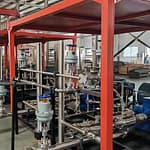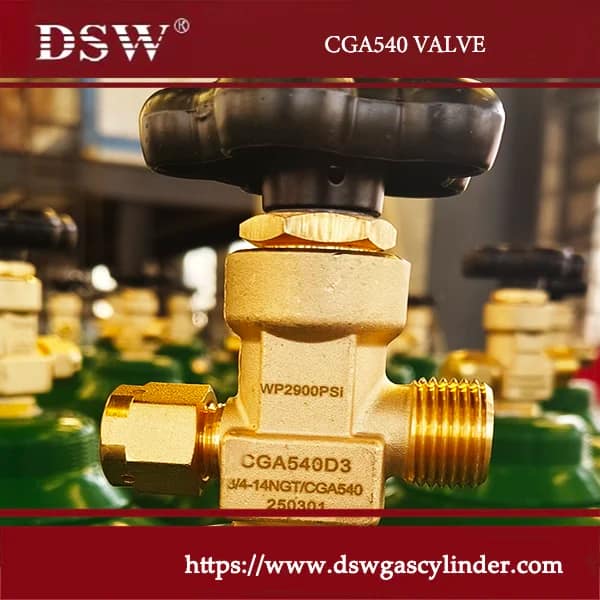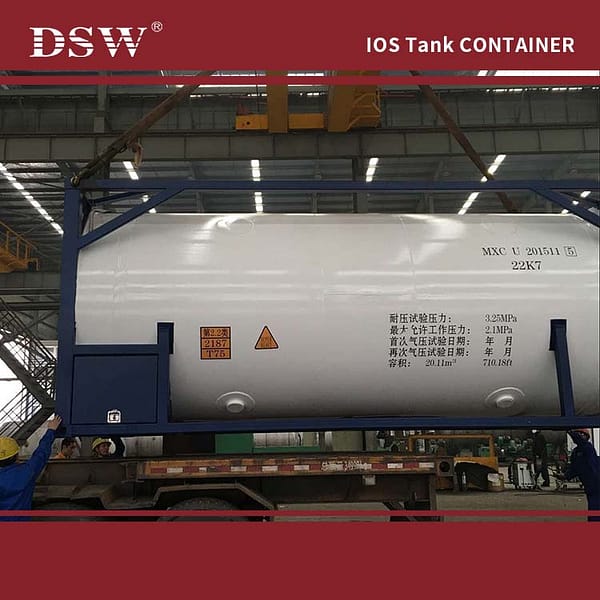1. The design of DSW gas cylinder not only uses the specified calculation formula, but also uses the finite element analysis. Then, the calculated data are verified and validated by experiments using various techniques including strain gauge measurement.
2.After analysing chemical, physical, mechanical properties and, if necessary, stress corrosion resistance; all materials (carbon steel,stainless steel, alloy and fiber etc.) are
carefully selected according to the final using conditions.
3.DSW also conducts fracture mechanics analysis on material, which enables us to define the maximum allowable defect size in the cylinder, so that we can:
· determine the NDT limits to be applied to the production line
· guarantee the fatigue life of the cylinder
· demonstrate that the leak occurred before the assumed cylinder burst.
4.The surface protection of gas cylinder is considered as a function of various environmental conditions and various corrosive substance that the cylinder may contact with.
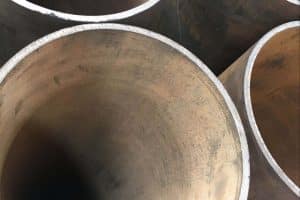
1, ISO standard high quality steel pipe
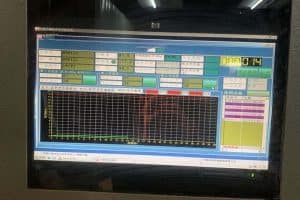
2.Good quality steel pipe test

3, Production line

4, Shrink cylinder bottom

5, Shrink cylinder mouth

6, Heat treatment
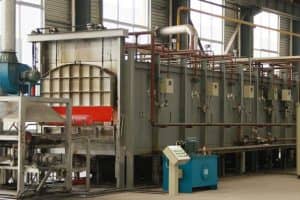
7, Normalizing treatment

8,Assemble cylinder neck

9 Automatic cylinder internal polish
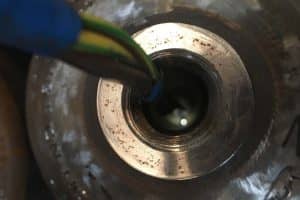
10, Cylinder internal polish checking

11, Automatic spraying prodution line

12, Big cylinder, automatic spraying

13, screw valve

14,leakage test
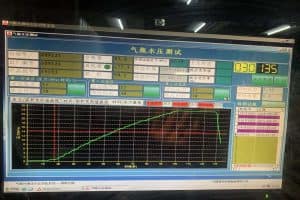
15,Hydraulic Test
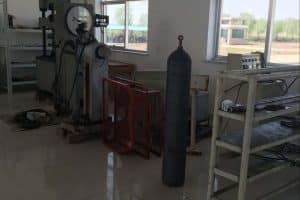
16, Permanet expasion test

17, Tensile strength test
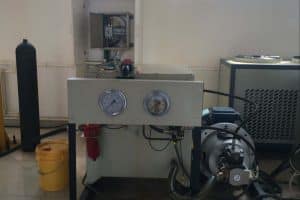
18,Yield pressure test
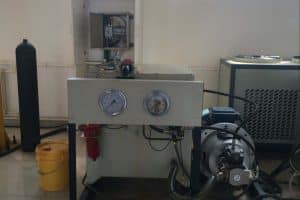
19,bursting test

20, Facory corner
DSW Gas Cylinder Inspection guarantee:
The inner and outer surfaces of the outer containers will be subject to overall sandblasting treatment to meet the requirements of Sa-2.5 standard. When the surfaces of steel plates show the metallic color, a vacuum cleaner will be used to suck off the dust adhered to the surface so as to further ensure the vacuum degree in the interlayer.
Special high-quality perlite is used as the insulation material in the interlayer. The perlite will be treated by using our company’s special process before being in the interlayer. All the internal cylinders, after manufactured, will be subject to the gas-tight and pressure performance tests. Both the internal and outer cylinders will be subject to rigorous Helium mass spectrum leak detection.
The inner containers of the storage tanks will be passivated by overall pickling to meet the cleanliness requirements for dangerous goods. Imported ultraviolet black light lamps will be used to make sure that there is no oil stain and other organic impurities in the inner containers. The inner and outer containers, after cleaning, will be assembled at a time interval less than 2.5 hours. After assembling, the inner containers and interlayers will be filled with nitrogen to protect them from dust and organic impurities, so as to ensure the cleanliness.
The relevant welding seams will be subject to 100% RT non-destructive testing and penetrant testing (PT) according to the technological requirements of storage tank production. High-purity nitrogen (up to 99.999%) will be used to conduct the strength testing. Finally, advanced helium mass spectrometer leak detectors (with precision up to 2×10-9Pa.L/s) will be used to conduct Helium mass spectrometer leak detection.
After the production is completed, all the pipe openings will be opened to carry out nitrogen purging and replacement, so as to meet the oxygen usage standard. After this, all the pipelines and valves will be sealed, and the tanks will be filled with 0.2MPa high-purity nitrogen for protecting the tanks.
By conducting rigorous testing, your company is committed to meeting the requirements outlined in ISO standards and DOT regulations. This testing process likely includes various types of assessments and evaluations, such as:
Design verification and evaluation
Material testing and analysis
Pressure testing to verify structural integrity
Leak testing to ensure gas tightness
Performance testing under different operational conditions
Compliance with labelling and documentation requirements
Through these testing procedures, your company ensures that the natural gas storage tanks meet the necessary standards and regulations, providing confidence in their safety, reliability, and compliance with industry requirements.
It’s important to note that specific ISO standards and DOT regulations may vary depending on the type and purpose of the natural gas storage tanks and the jurisdiction in which they are used. It is advisable to consult the relevant ISO standards and DOT regulations specific to your region and industry to ensure full compliance and adherence to the required standards.

